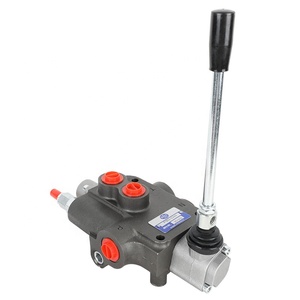Introduction to Log Splitter Valve Auto Return
The log splitter valve auto return is an essential component in hydraulic log splitting machines, designed to enhance productivity and safety. This innovative valve system automatically returns the splitting wedge to its original position after the splitting operation is completed. This means less downtime for the operator and a streamlined process when splitting wood, making it a crucial tool for both commercial and home use. Understanding how these valves work and their features can help users maximize their log splitting activities.
Types of Log Splitter Valve Auto Return
There are several types of log splitter valve auto return systems available in the market, each designed to meet different operational needs:
- Manual Return: Requires operator intervention but often offers more control.
- Automatic Return: Activates automatically once the splitting cycle is complete, enhancing efficiency.
- Remote-Controlled Valves: Allows operators to control the log splitter from a distance for added convenience.
- Electro-Hydraulic Valves: Utilizes electric signals to operate hydraulic movements seamlessly, reducing manual labor.
Applications of Log Splitter Valve Auto Return
The applications of log splitter valve auto return are vast and varied, ensuring that they cater to different user requirements:
- Residential Wood Splitting: Perfect for homeowners needing firewood, enabling efficient splitting with less effort.
- Commercial Forestry: Essential for lumber yards and processing plants, increasing the rate of wood preparation.
- Agricultural Uses: Help farmers break down logs for fencing and other agricultural requirements.
- Lumber Industry: Utilized in mills for quick processing of timber into smaller logs.
Advantages of Log Splitter Valve Auto Return
The log splitter valve auto return system brings numerous advantages to users, enhancing both operational efficiency and safety:
- Enhanced Productivity: Reduces the time taken to return the splitter, allowing for continuous operation.
- Increased Safety: Limits the risk of accidents caused by manual operation, particularly for larger logs.
- Reduced Operator Fatigue: Less physical effort is required, making it easier for users to work for extended periods.
- Cost-Effectiveness: By optimizing time and reducing the manual labor involved, these valves can lead to lower operational costs in the long run.

























